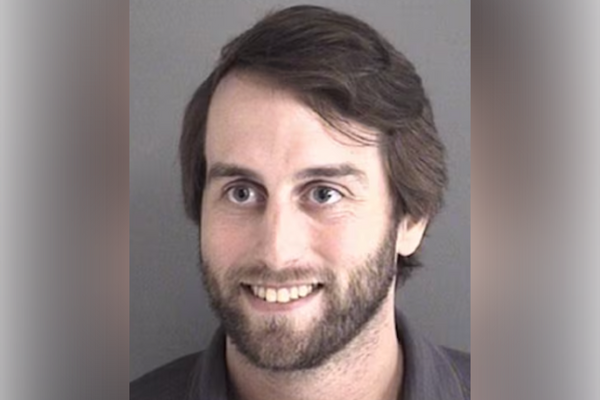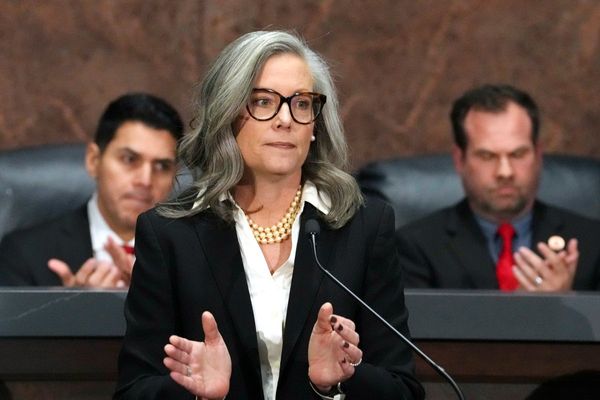
Community gardens, hobbyists and commercial beekeepers are being urged to join a national survey to protect honey bees from a deadly mite.
Project manager Michael Holmes on Monday urged all beekeepers to participate, including those who have just one hive in the backyard.
Threatening agriculture and the many horticulture industries that rely on beekeepers supplying honey bees for pollination, the varroa mite attacks and feeds on the insect.
"It's going to be a lot harder for them to provide these pollination services, it's going to be more expensive for them to operate their businesses," Dr Holmes told AAP.
"That's going to have flow-on effects all the way through to the price of groceries," he warned.
NSW is the only state where varroa is established but the mite has been detected in other jurisdictions.
Surveillance was happening at ports across the country and those biosecurity measures would not stop, Dr Holmes said.
"The main problem is that varroa spreads viruses and it's the viruses that are really dangerous to the bees, so we want to stop more mites coming in that could be carrying viruses we don't have here yet," he said.

Led by researchers at the Australian National University, the colony loss survey is open to all beekeepers - including those free of the pest - to measure and manage the effect of one of the most damaging honey bee pests in the world.
"In other parts of the world including the US, where varroa has been for a while, beekeepers can lose up to 50 per cent of their hives a year, to varroa and varroa-related issues," Dr Holmes said.
Australia also has among the highest numbers of feral bee populations of anywhere in the world, a population that is under threat.
"The feral population is highly at risk of potentially being wiped out," he said.
While beekeepers are not working on feral beehives, the survey asks them to point out any changes they may have noticed in recent behaviour in the feral bee population.
Australian Honey Bee Industry Council chief executive Danny Le Feuvre said the national survey would show beekeepers how others were managing varroa and was crucial for decision-making by governments and industry on managing the pest.
The survey is also expected to have global significance as it will gather vital data on bee deaths, beekeeping practices, and the costs and effectiveness of different management strategies.
Reaching Australian shores in 2022, the deadly mite took hold in NSW despite the destruction of 30,000 hives, and eradication was abandoned in 2023.
The scourge may have started with the illegal importation of live bees but the insects could also have hitched a ride on cargo.







